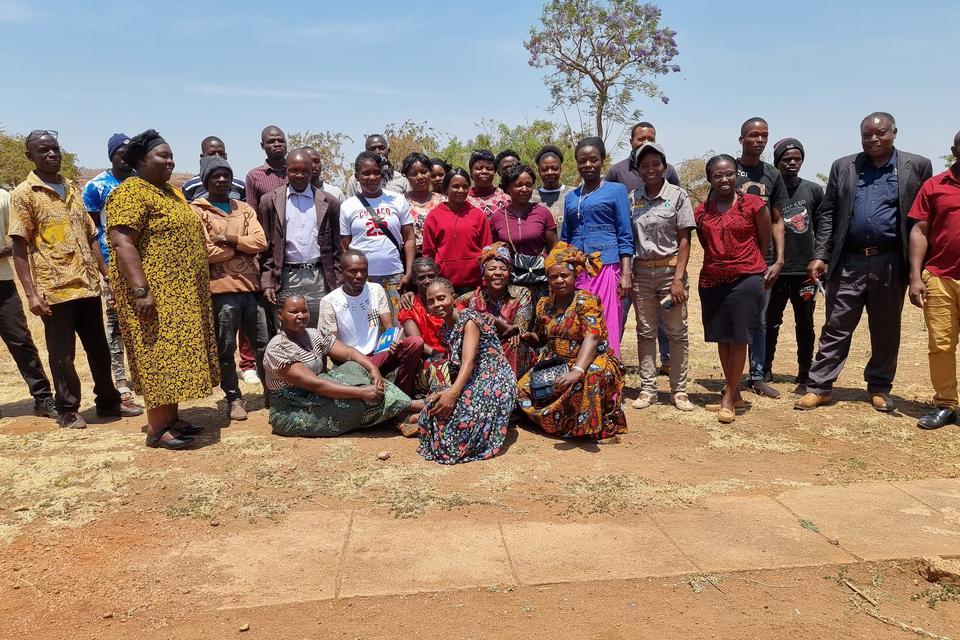Bridging the “Last Mile”: Delivering climate services for agriculture to senior lead farmers in four districts of Zambia
- From
-
Published on
08.11.24
- Impact Area

Climate change and variability are intensifying the vulnerabilities of smallholder farmers, putting their agricultural livelihoods at risk. The 2023/2024 El Niño – regarded as one of the strongest on record by the WMO – brought widespread drought to Zambia, causing water scarcity, crop failures and significant agricultural losses. During this season, much of the southern region of the country received less than a third of its typical rainfall, with only around 250 mm recorded. Prolonged dry spells of over 30 days struck at critical stages such as flowering and grain-filling, leading to widespread drought. As a result, nearly 1 million hectares of maize out of an estimated 2,272,931 hectares of maize were severely affected by the drought, resulting in crop failure (Republic of Zambia, April 2024). Between October 2023 and March 2024, approximately 2 million people (23% of the population) were expected to face severe food insecurity.
Related news
-

Accelerating wheat breeding, from Toluca in Mexico to the world
CGIAR Initiative on Breeding Resources12.11.25-
Climate adaptation & mitigation
-
Nutrition, health & food security
In Mexico, a project has been completed to develop new elite parental lines of wheat…
Read more -
-

Mapping Where People Can Live Safely in a Changing Climate: The Global Habitability Index
Ibukun Taiwo12.11.25-
Climate adaptation & mitigation
Where can the world’s most vulnerable populations live safely and sustainably? Across the world, r…
Read more -
-

CGIAR@COP30: Loss and Damage Negotiation Updates
Climate Action Science Program12.11.25-
Adaptation
-
Climate adaptation & mitigation
-
Mitigation
For vulnerable countries and communities, climate change is already causing devastation that no amou…
Read more -
